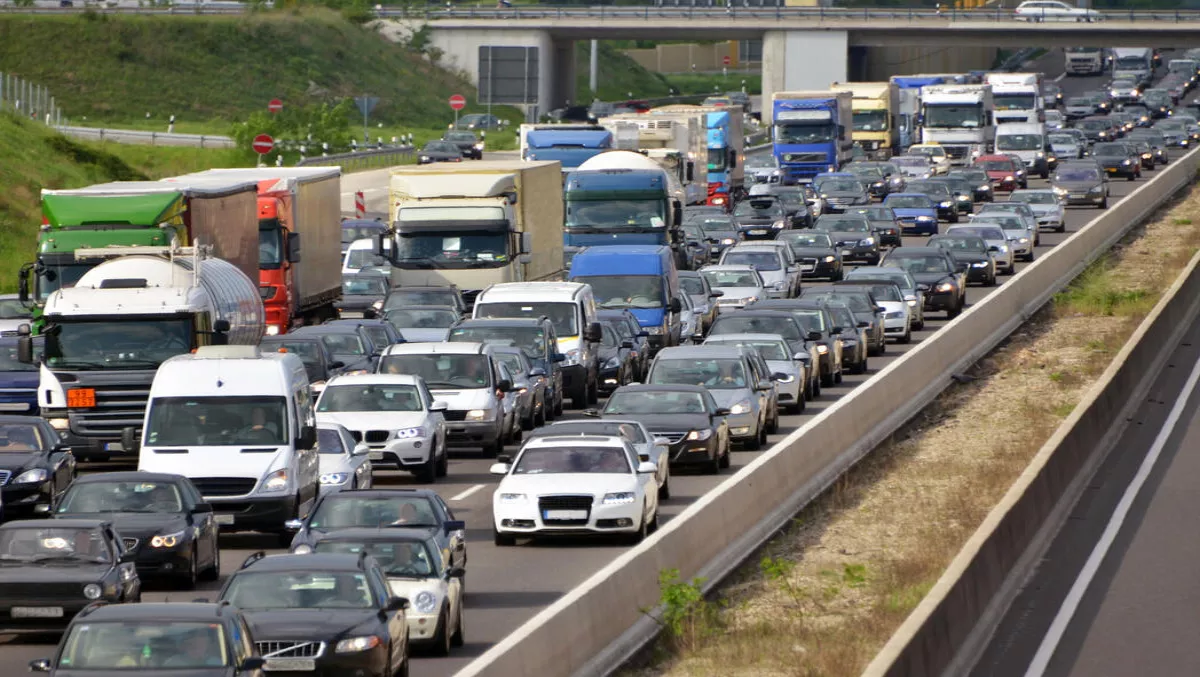
We all know the frustration of travelling to and from major events, and how the increased travel time and lengthy queues can affect the overall mood in the car.
When the Royal New Zealand Air Force celebrated their 75th anniversary in 2012 with an air show, it turned into a gridlock nightmare, with interminable traffic queues weaving for miles, as 70,000 people flocked to the show.
This year, with their 80th anniversary coming up, they wanted things to go smoothly and avoid another traffic disaster, in fact, it was an obligation for running the event again.
The New Zealand Defense Force acknowledges that after the 2012 event, they needed help.
Renee Barbour, NZ Airshow event organizer says, “They learnt from 2012 that they are great at flying planes, but that they are not so great at putting on large events.
“The plan was to put on another airshow, but they knew that they had to get it right, they knew they had to change things.”
Faced with the dual challenges of trying to ease traffic congestion and reduce the potential for massive gridlock, the event organizers commissioned consultancy service company Beca to provide detailed information on how traffic flowed around the Ohakea Air Base, which is also a major state highway intersection.
Together with the New Zealand Transport Agency, local councils and others, they worked out a traffic management plan.
To help ease the traffic flow by providing spectators with live traffic updates, Beca deployed a network of BlipTrack sensors, produced by Denmark-based BLIP Systems.
The solution, already implemented in numerous road networks all over New Zealand, Thailand, Sweden, Switzerland, Denmark and the UK, captures the point-to-point journey patterns and travel time of drivers in real-time, as they pass the sensors.
The resulting traffic information could be communicated directly back to motorists in their cars, allowing them to make informed travel decisions, in order minimize frustration and stagger the continuous arrival of visitors.
Both spectators and residents in surrounding neighbourhoods were advised to check the transport agency's DriveLive web page for up-to-date information on delays, travel times and even alternative routes.
Richard Young, Beca project manager says, “Providing the Air Tattoo, NZTA and, most importantly, spectators with live and accurate travel information is a key way that we can ensure the event runs smoothly.
“We had a team working the weekend ready to react to any incident and provide the Air Tattoo team with all the traffic data they needed to keep roads moving.
“Thanks to using the BlipTrack system we were able to demonstrate that there were minimal delays caused by the Air Tattoo.
Behind the public DriveLive service, the event team had access to monitor the live traffic movements, so while spectators were enjoying the air display, the Air Tattoo team was working hard to ensure that the drive home was as stress-free as possible.
The information was continuously updated, in line with the actual behaviour of spectators to and from the show.
So, when considering their route and time of departure, the motorists themselves were helping to reduce bottlenecks and keep the traffic moving.
Spectators responded positively to the traffic management measures and reported smooth traffic flow to and from the show.
This demonstration showcases that this solution could be rolled out more commercially to help ensure a smooth flow of traffic across NZ.
